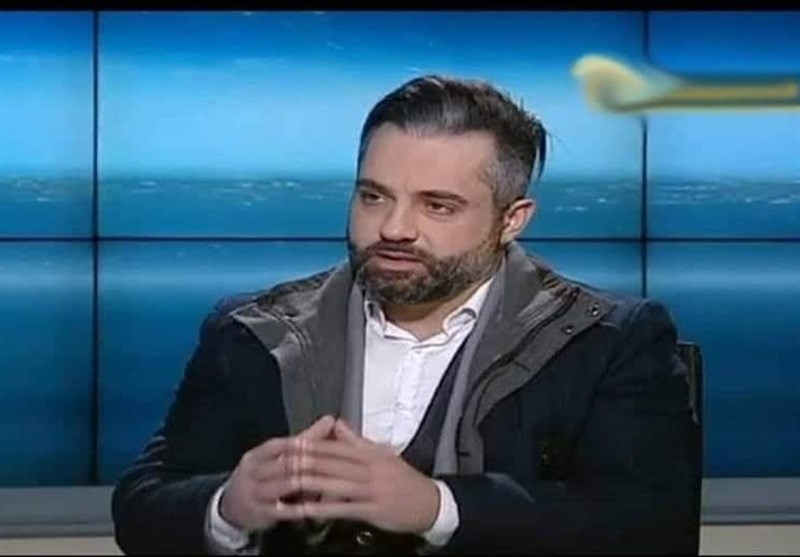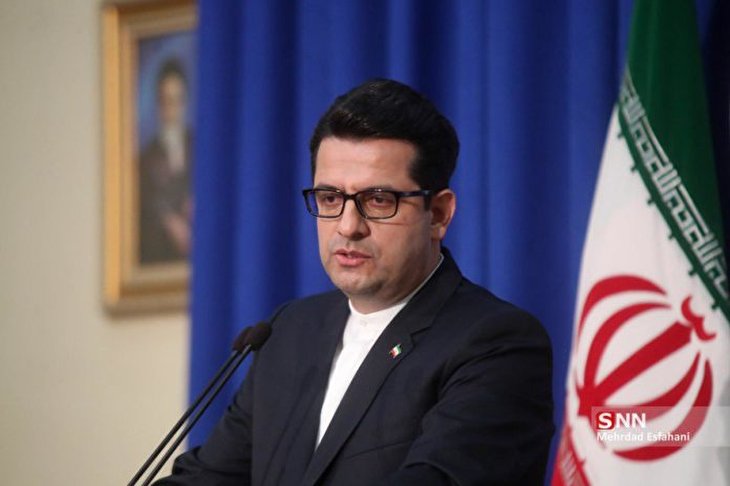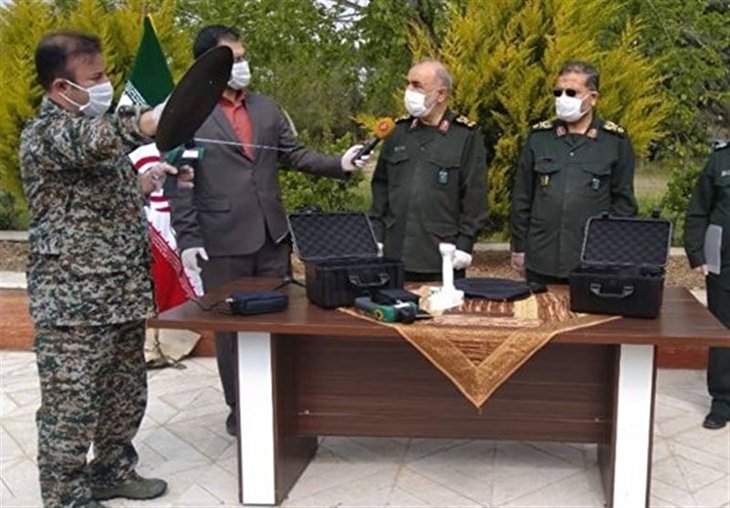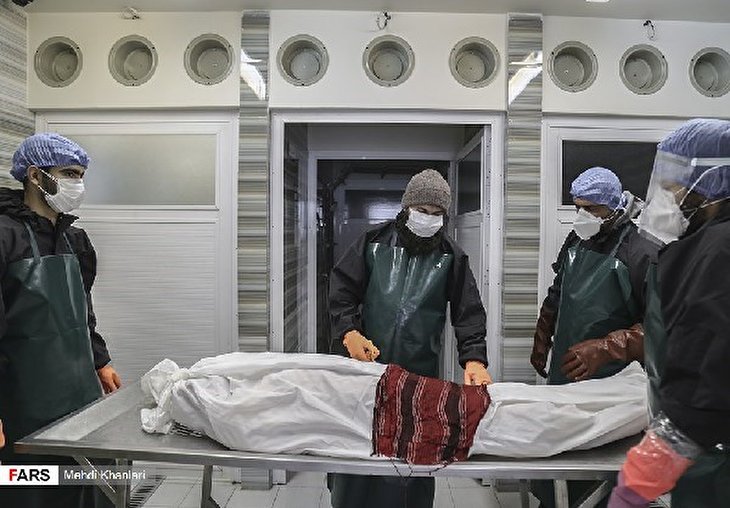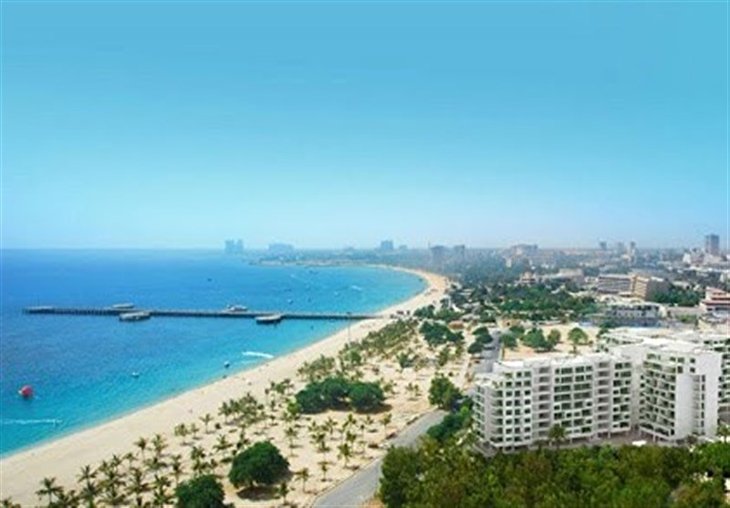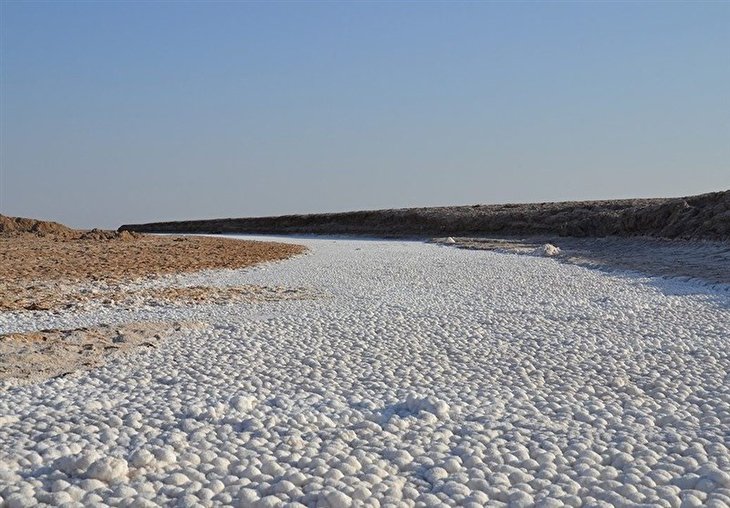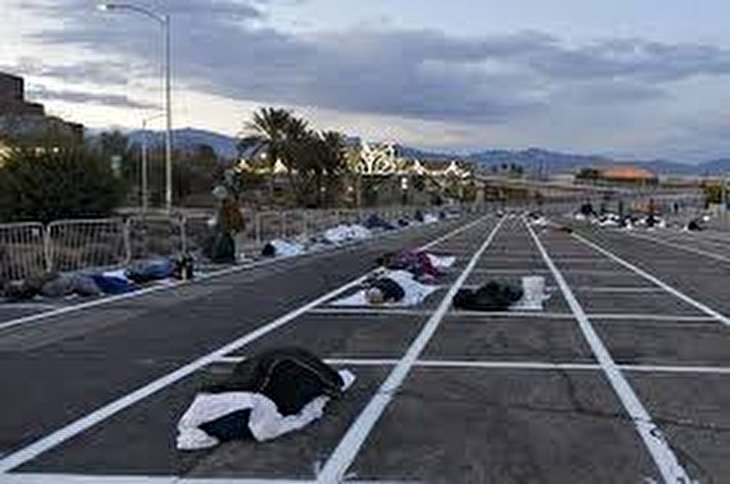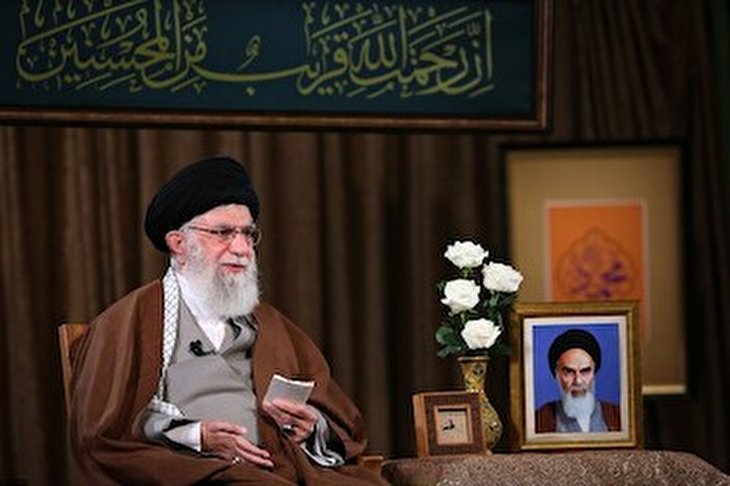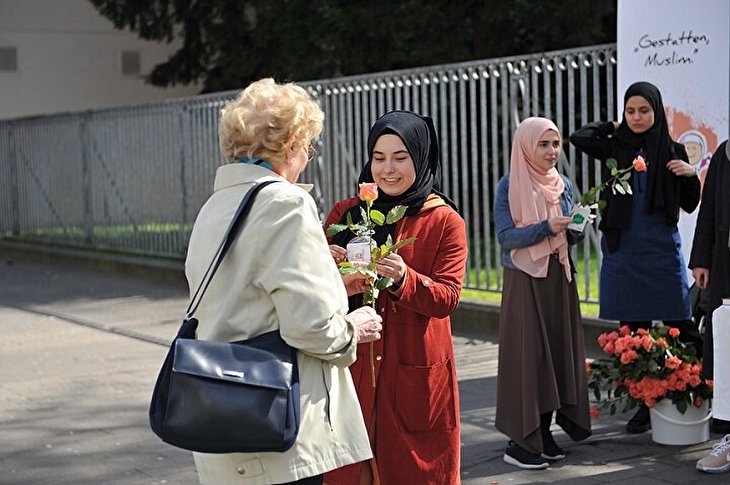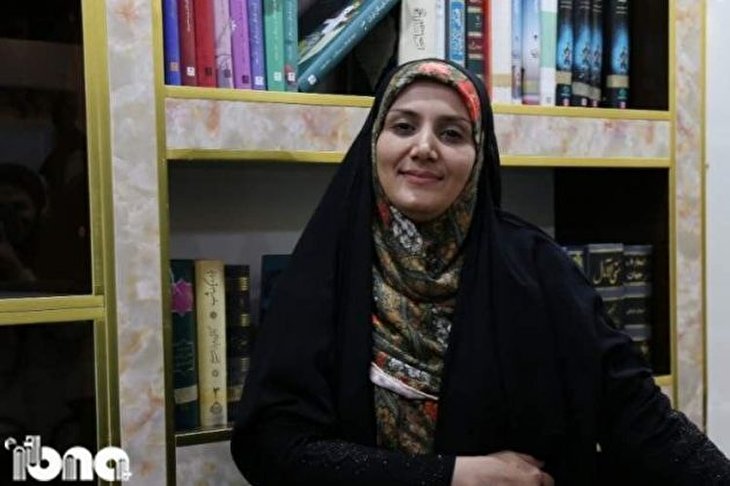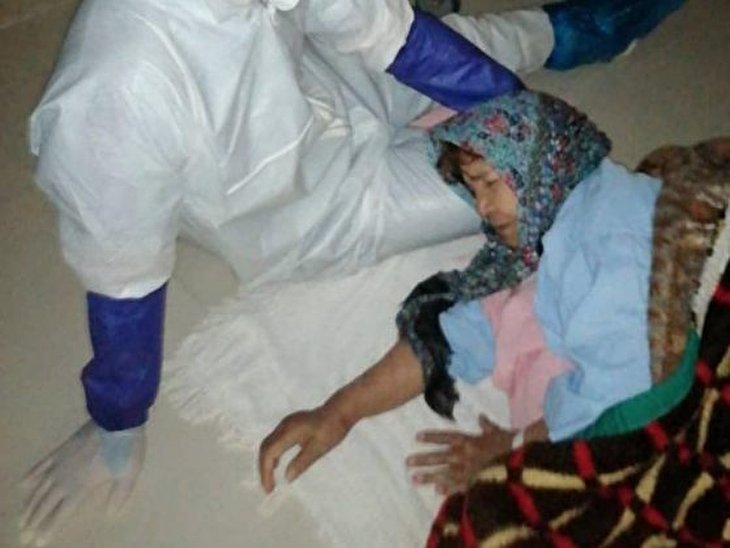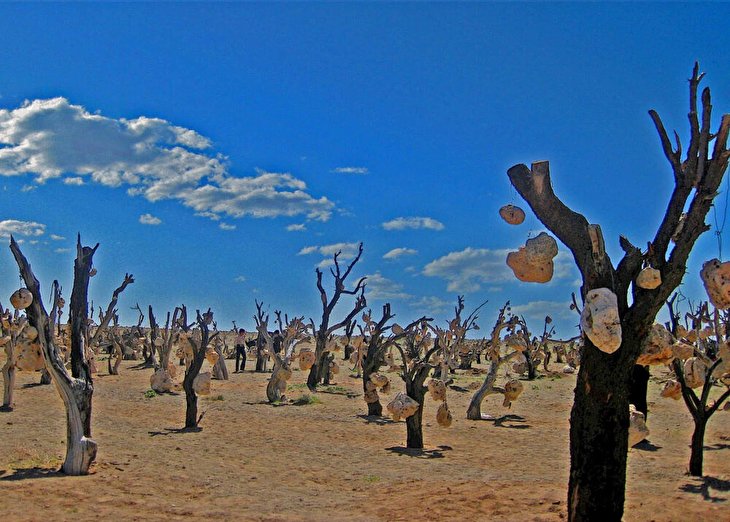
"Yemenis are now ready to defend their soil more than the past. Their latest achievements in the field of missile technology attest to their military progress despite the ongoing sea, land and air blockade on their country," Ali Yehya told Tasnim in an interview.
Following is the full text of the interview.
Tasnim: Recently, the Yemeni Armed Forces unveiled four new domestically-designed and -developed air defense systems. How much do you think this could change the course of the battle against the invading Saudi regime?
Yehya: There is no doubt that the Yemeni air defense has gone through difficult circumstances shortly after the Saudi-led coalition neutralized and destroyed many established air defense sites, radars and interceptor aircraft during the air campaign by April 2015. Nevertheless, Yemeni forces were successful when they closed the technological gap in a very short time period (With great and clear help from their allies), considering the difficult situation under siege and bombing, in the restoration and construction of short and medium-range air-defense systems, that successfully neutralized aerial targets that limited the Coalition's movements in Yemen's airspace and even succeeded in taking down a large number of invading warplanes (F-16 and Mirage, Tornado) and military hovercraft (AH-64 Apache) and reconnaissance aircraft of many types ( MQ9, MQ1, etc.)
Some 1261 air defense missiles, 103 missile batteries as well as hundreds of MANPADS, destroyed by US company Runco in 2005 and 2009.
Yemen's army announced in a statement that a "US delegation from the United States including, Program Manager in the Office of Weapons Removal and Abatement with the Department of State’s Bureau of Political-Military Affairs Dennis F. Hadrick, liaison officer Santo Polizzi, technical expert Niels Talbot, Deputy Director of Programs in the Bureau of Counterterrorism and Countering Violent Extremism at the US Department of State Laurie Freeman arrived in Yemen in 2005 in a mission to destroy the country’s air defense system."
The military further went on to benefit from the experiences of the Yemeni Defense and the experiences of the allies launching several workshops to develop the remaining surface-to-air missile stocks. Yemenis are now ready to defend their soil more than the past. Their new achievements attest to their military progress despite the ongoing sea, land and air blockade on their country.
Tasnim: In Mid-Feb, Yemeni air defense units targeted and shot down a Saudi military aircraft over Jawf in retaliation for the Riyadh regime’s ongoing aggression against the Arab country. Later, the spokesman for Yemen’s Houthi Ansarullah movement said shoot-down indicated that Yemeni air defense units had made significant progress in the field of defense. What do you think?
Yehya: Several planes were shot down in 2015 alone, according to a report by Farzin Nadimi and Michael Knights of the Washington Institute. Several aircraft were shot down in 2015 that including a Moroccan "F-16", another Bahraini "F-16", two "AH-64" Saudi Apache helicopters and up to twelve reconnaissance drones.
Some of those missiles were developed from the Sam-2 model, which was modified to become a surface-to-surface missile under the name of Qaher-1 and Qaher-2, and others as Sam-3, and Sam-6, which is believed to be the version that was developed under the name Fatir-1, superior to the mother version by dropping Tornado aircraft of a speed exceeding the speed of sound (up to 2 Mach) exceeding the capacity of the original version.
The modified version also adopts an air ambush based on what is believed to be a system of virtual radar receivers, allowing the missile to launch and apply to the target without emitted Radar alarms. This surprised the pilot himself. As he was watching the video of shutting down the Tornado, he could not use flares to mislead the missile.
This was not the only development. The Yemeni Air Defense managed to hit the F-15 after connecting the R-73 and R-27 missile systems with the Ultra-8500 thermal hovercraft camera, which the authority of former President Ali Abdullah Saleh had previously acquired.
Hereby, the Yemeni army spokesman recently announced 4 other new systems that are continuation of cumulative efforts and confirmed that 2020 will be the year of air defense, noting that they will be on the verge of a greater restriction on the movement of coalition aircraft and in front of a battle to prove the existence of eastern defense systems developed with Yemeni and allied expertise.
Tasnim: Saudi Arabia and a number of its regional allies launched a devastating campaign against Yemen in March 2015, with the goal of bringing the government of fugitive former president Abd Rabbuh Mansour Hadi back to power and crushing the Houthi Ansarullah movement. So far, it has failed to gain victory in its war and in fact swamped in a quagmire. What are your thoughts on this?
Yehya: There is no doubt that according to the human, urban and environmental standards, the war is not profitable, because everyone is a loser. However, despite the war in Yemen, there were no ethnic or regional cleansing operations as in similar cases in Rwanda (1993-1996), Mali (recently between Dogon and Fulani), Lebanon (1975-1990), Syria (2011-2020) or historically as France (1562-1598) during the civil war, except for a few individual cases.
Sana'a has remained a region of historical neutrality attracting tribal fighters, even those belonging to Salafi movements, Reform Party and southern fighters as well to meet with their families during the holidays and then return to fight Yemeni forces in other provinces such as Ma'rib.
Geographically, although the Yemeni army no longer controls most of south Yemen, it still controls the capital, most of the Yemeni north and more than 75 percent of the population blocs in the country.
By foiling the control over Al-Hudaydah and its port, the last of the Sana'a Water Authority (which is the historical strategy of all empires that invaded Yemen by sea from Tihama to penetrate Sana'a), it would have dropped the six-regions paper which aimed to divide Yemen into six provinces to restrict the region of Azal, which includes Sa'ada, Sana'a, Amran and Dhamar that are the north regions of the north, and confine it to a narrow geographical area with no wealth nor seaports.
Therefore, the initiative was eliminated after the Yemeni forces took control of Nahm district, through which the coalition forces attempted to implement a military operation to penetrate the tribal cordon and enter it.
The troops took control of the Masloub Mountain Range overlooking Marib and the road from Ma'rib toward Sana'a.
They have also controlled Al-Ghail district before advancing toward the center of Al-Jawf governorate in Al-Hazm and controlling it (March 1, 2020).
With a more than 700-kilometer border with Saudi Arabia and the importance of oil it contains, that’s why Saudi Arabia had prevented the national Safer oil company from oil extraction in the governorate so Riyadh responded by deporting more than 370,000 Yemeni workers from its lands in 2013, in addition to the regional consequences that can be invested in internal rapprochement between the political components and pushing negotiations and cooperation forward between some of the tribes and leaders loyal to the reform.
This is taking place as leaders and groups of internal reform, as in Taiz, are closer to Qatar and Turkey, and thus the issue of the South, with all its impact, remains on the negotiating table between the Yemenis.
It can be said that, once the coalition has accepted to sit on a negotiating table under the pressure of a balance of deterrence (after the third 'Deterrence of Balance' operation that targeted Aramco and strategic targets in Yanbu) with Yemen's military, it can be considered an admission of the failure of the campaign’s goals.
The campaign that initially aimed to eliminate what they considered to be the “Houthi threat” and bringing back Hadi.
The goals later declined and changed the target to eliminate the Saudi-Yemeni border.
Finally, Saudi Arabia acknowledged the reality and facts introducing negotiations for a comprehensive solution after the military failure and the distortion of the US military industry prestige on daily basis and in front of the Yemeni war media cameras, exceeding much more than what we have seen during the period of the US presence in Iraq between 2003 and 2011.
Source:Tasnim
